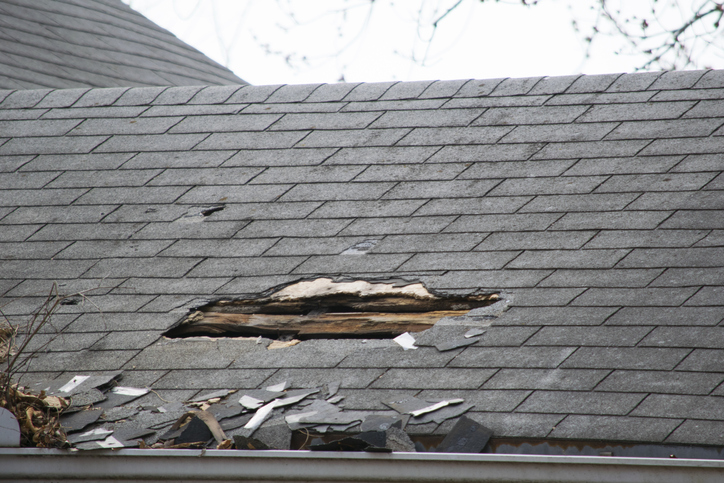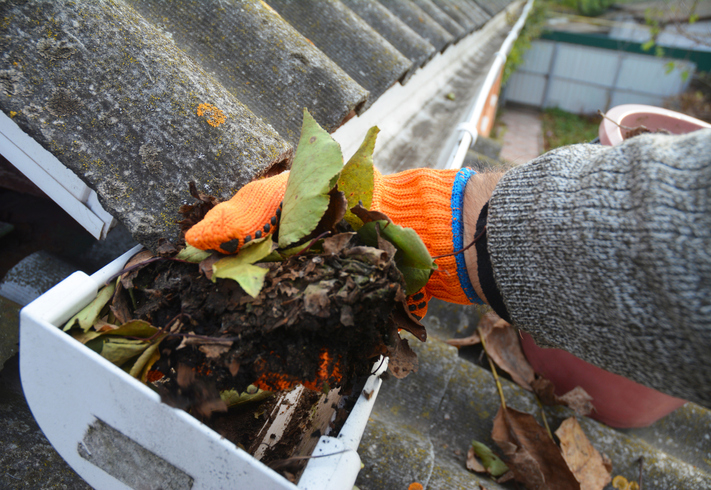Identifying Spring Weather-Related Damage During Your Home Inspector Career
March 15, 2022
Spring weather is right around the corner, and with it comes certain types of weather known for causing certain types of damage. As an aspiring home inspector, you’ll help home buyers make informed decisions about their new homes. Your keen eye, in-depth training, and investigative skills will help you spot all kinds of potential issues, including damage that can spring up when the winter thaws. Spring weather brings with it storms, lightning, and hail. Temperatures might be milder, but the damage spring weather can bring may wreak havoc on a house.
Read on to discover what damages to look for during the spring!
Spot Spring-Related Roof Damage After Your Home Inspector Training
When you go with your clients to inspect a new home, especially during the spring, it’s always important to thoroughly inspect the roof for potential issues. Spring weather can mean heavy storms, and the roof usually takes the full brunt of any damage caused by these weather events. If you notice any leaks or roof shingles missing during home inspections after you complete your home inspector training, then that’s an unfortunate indicator that spring storms have caused some damage. You’ll also have to inspect the home’s attic to check for any signs of dark water stains forming, as well as for any sunlight coming in through the roof.

Make Sure to Inspect a Home’s Siding
When you become a home inspector, you’ll get to carefully inspect the exterior of many different homes. A home’s siding is there to prevent the exterior walls from the elements making their way to the interior side of the house. The siding keeps your client’s home insulated during the winter and summer. It also protects your client’s home from moisture and mold buildup that can rot the foundation of the house and cause structural damage in the process. A siding inspection is therefore necessary, to ensure that no damage was sustained during the spring thaw. Storms and heavy rain can sometimes cause cracking, denting, or splits in the siding. As a result, you’ll want to see if there are missing, damaged, or loose pieces.
Clogged Gutters Are an Important Issue to Catch
In the event of a heavy spring storm, a house’s gutters have an important role to play. They help make sure that water drains properly and doesn’t damage the rest of the house. Gutters are an essential part of maintaining and protecting the exterior of a home and preventing rainwater from making its way into the interior. As a result, you’ll want to check gutters to make sure that they aren’t damaged or clogged. If they are, it’ll be important for you to check for signs of water damage and other issues that might be affecting the property.

When gutters are clogged, the property becomes susceptible to erosion, leaks, and other water-related damages during the spring season. If you notice any areas where the gutters are broken or sagging, causing water to build up, then advise your clients that immediate repairs need to be done.
Are you interested in a home inspector career?
Contact NATS for more information about our training programs!





